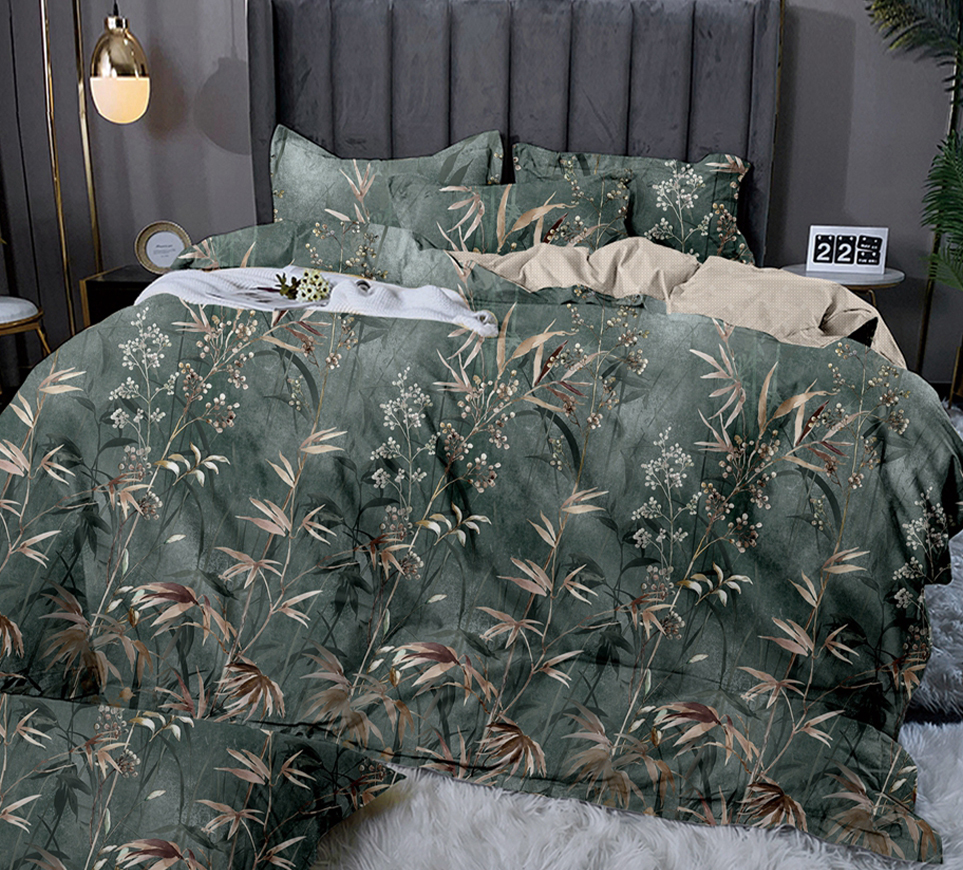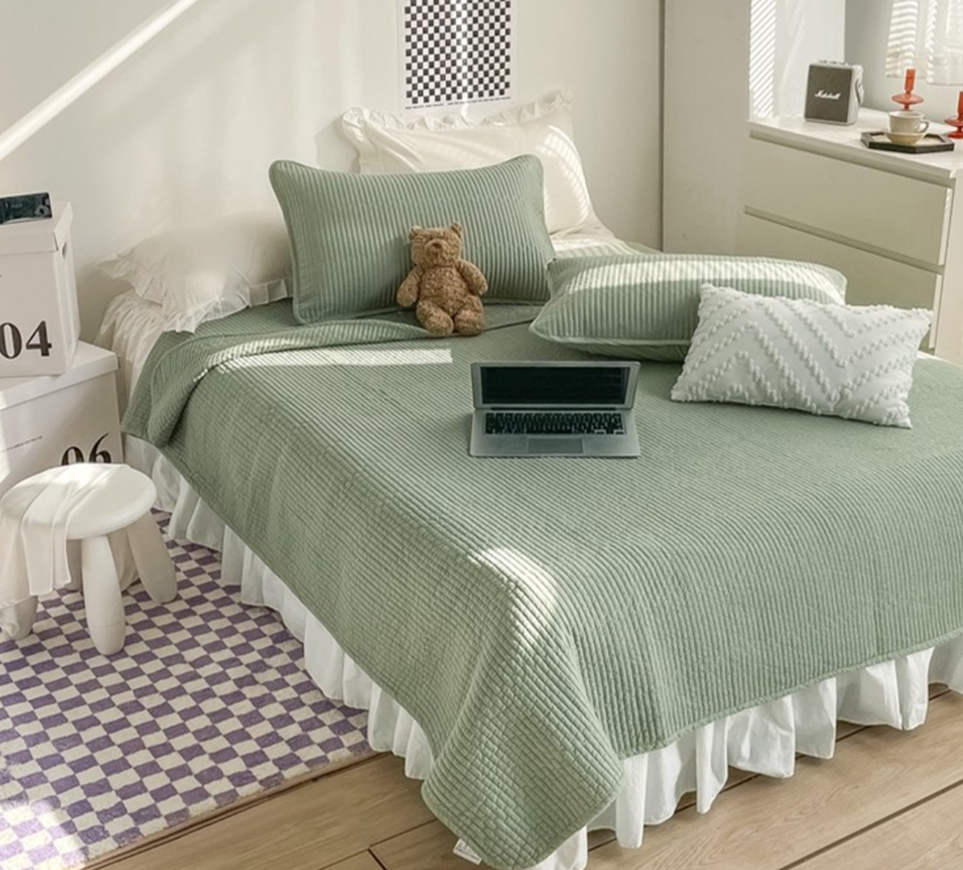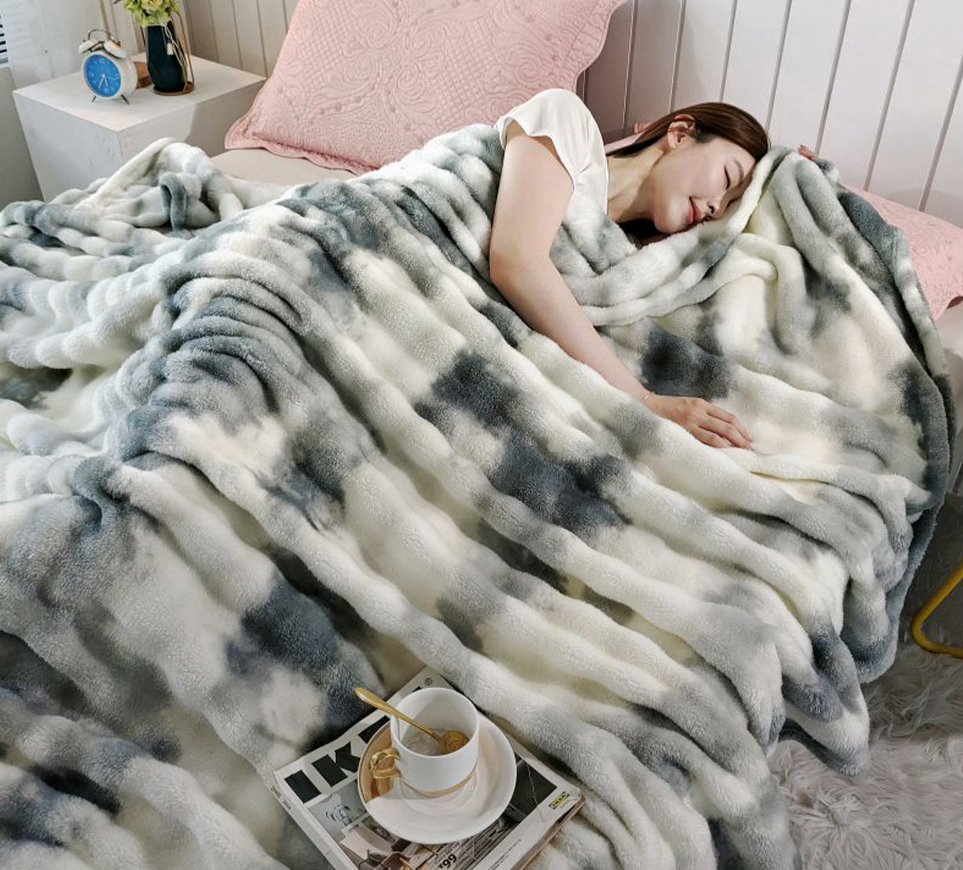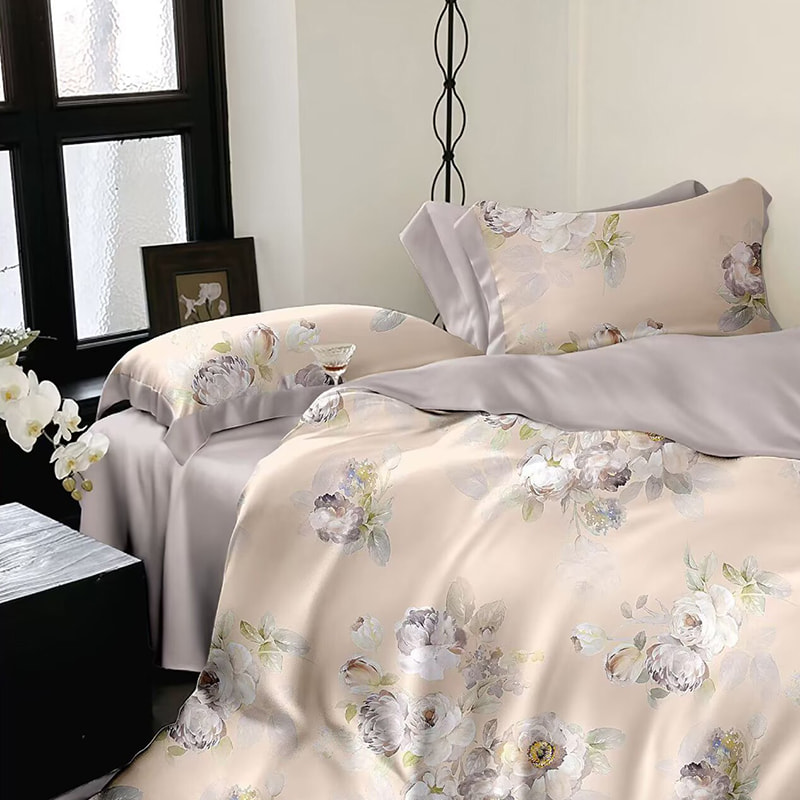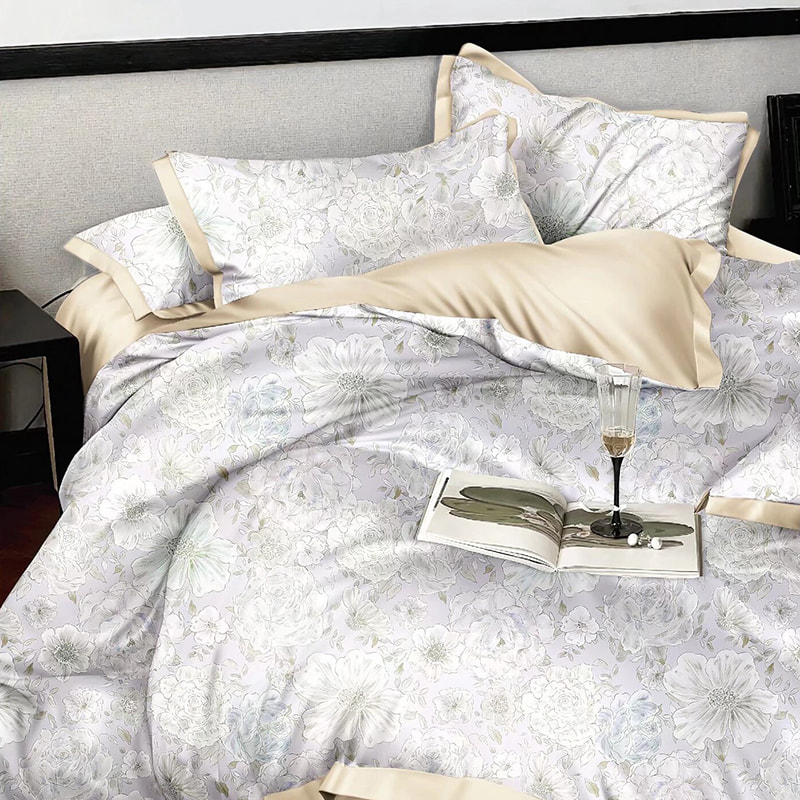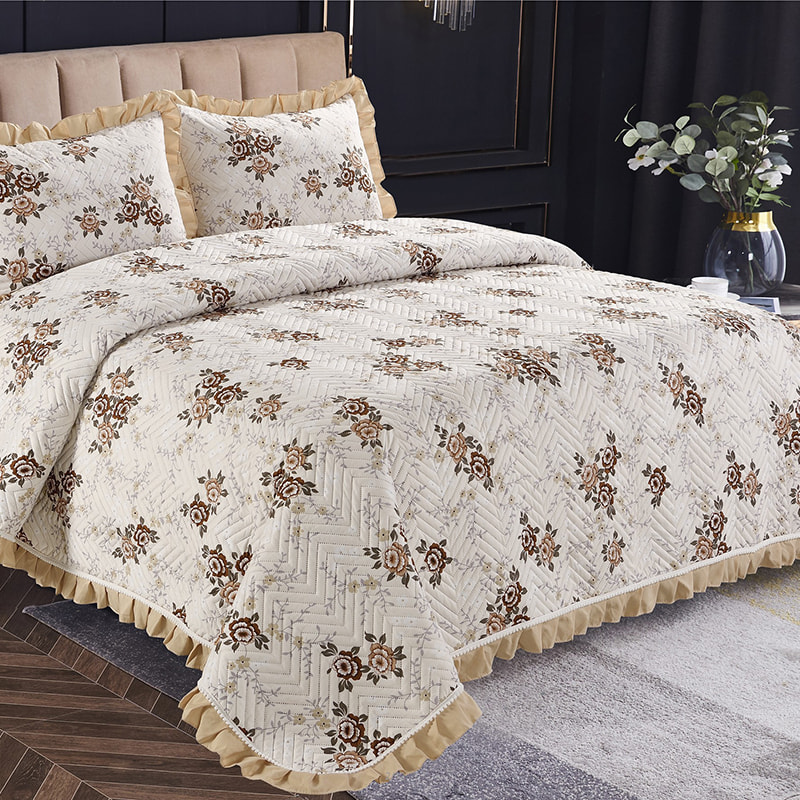FunctionFast dry and easy to care: Not easy to shrink, no ironing and anti-wrinkle, fast drying after machine washing.Durable and fade resistant: Strong wear resistance, high color fastness, long-term...
See DetailsWhat are the common misunderstandings about the maintenance and cleaning of home textile products?
Common Misconceptions About Home Textile Care and Cleaning
1. Using Overheated Water to Wash Can Cause Shrinkage and Warping
Many consumers are accustomed to washing bedding in hot water. In reality, high temperatures can shrink natural fibers like cotton and silk, causing them to lose elasticity and affect comfort.
2. Using Bleach or Strongly Alkaline Detergents Can Cause Color Fading
Bleach can damage the molecular structure of dyes, causing the colors of duvet covers and pillowcases to dim and become more prone to spots with long-term use.
3. Direct Sunlight Aging Fibers
Extended exposure to sunlight can accelerate the photooxidative degradation of fibers, especially polyester fabrics, causing hardening and pilling. Drying in a cool, well-ventilated area is recommended.
4. Frequent Washing Can Shorten the Lifespan
Home textiles do not need to be washed after every use unless they are stained. Excessive washing can accelerate fiber wear and reduce durability.
How to determine whether home textile products are fireproof or flame retardant?
1. Check the Product Label and Standard Number
Commonly used domestic flame retardant standards include GB/T17591-2006 (B1/B2 flame retardancy requirements) and GB/T5455-2014 (vertical burning method test indicators).
Before conducting flammability tests on textiles, the home washing procedures of GB/T17595-1998 or GB/T17596-1998 must be followed to ensure the authenticity of the test results.
2. Overview of Testing Methods
Vertical burning method: The sample is placed vertically and ignited, and the burning length, afterflaming time, and smoldering time are recorded. Products that meet the requirements of GB/T5455-2014 have an afterflaming time of ≤5 seconds and a damaged length of ≤150mm.
Oxygen index method: This method measures the minimum oxygen content at which a fiber can sustain combustion under a specific oxygen concentration. B1-grade products typically have an oxygen index of ≥32%. The horizontal/45° tilt method is used to evaluate the burning behavior of fabrics at different tilt angles and is often used in conjunction with the GB/T17591 standard.
3. Flame Retardant Durability
If a flame retardant treated after 10 washes still meets the GB/T5455-2014 standard, it is considered a washable flame retardant product and suitable for long-term use in home textiles.

 English
English Español
Español عربى
عربى
